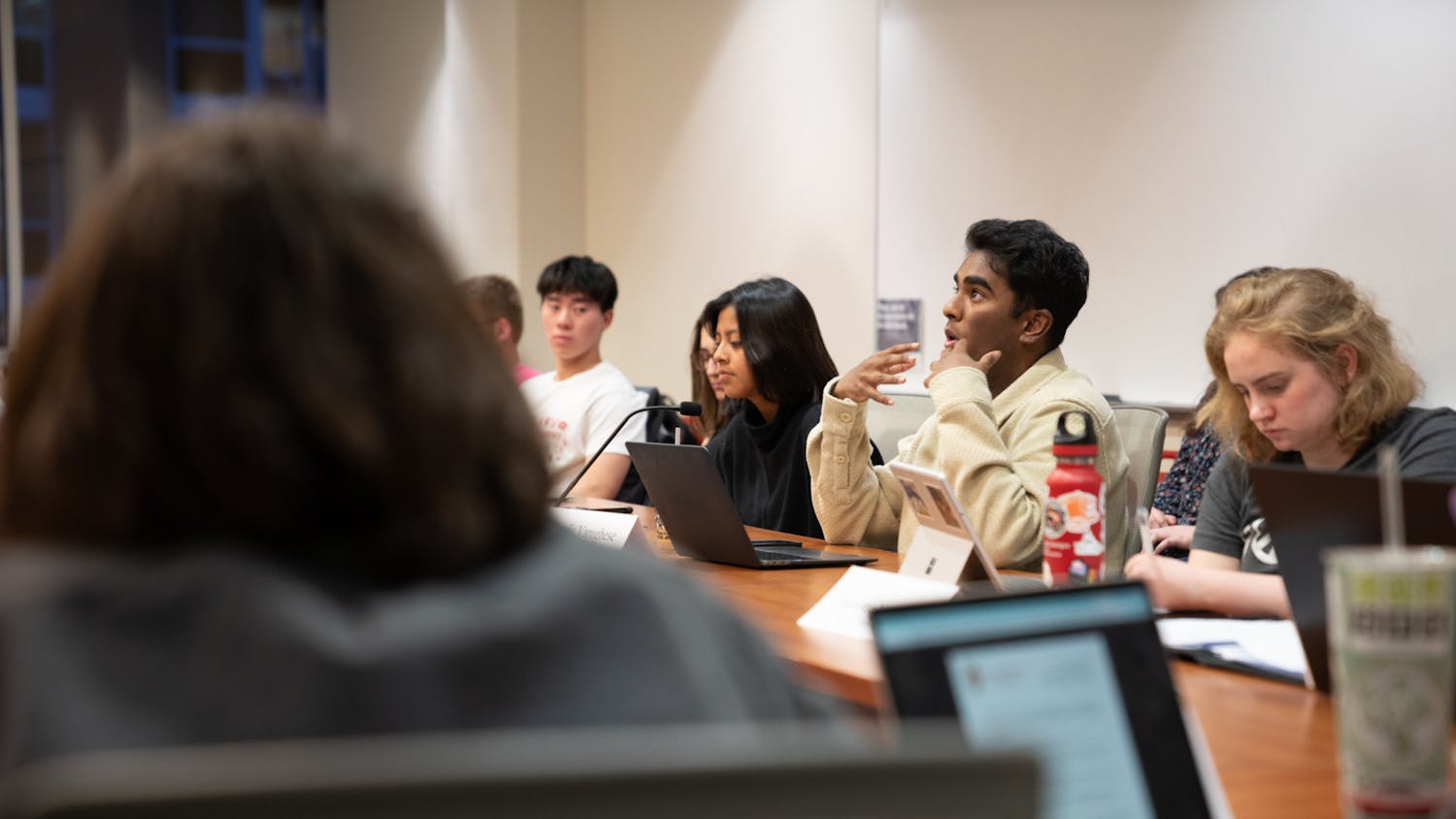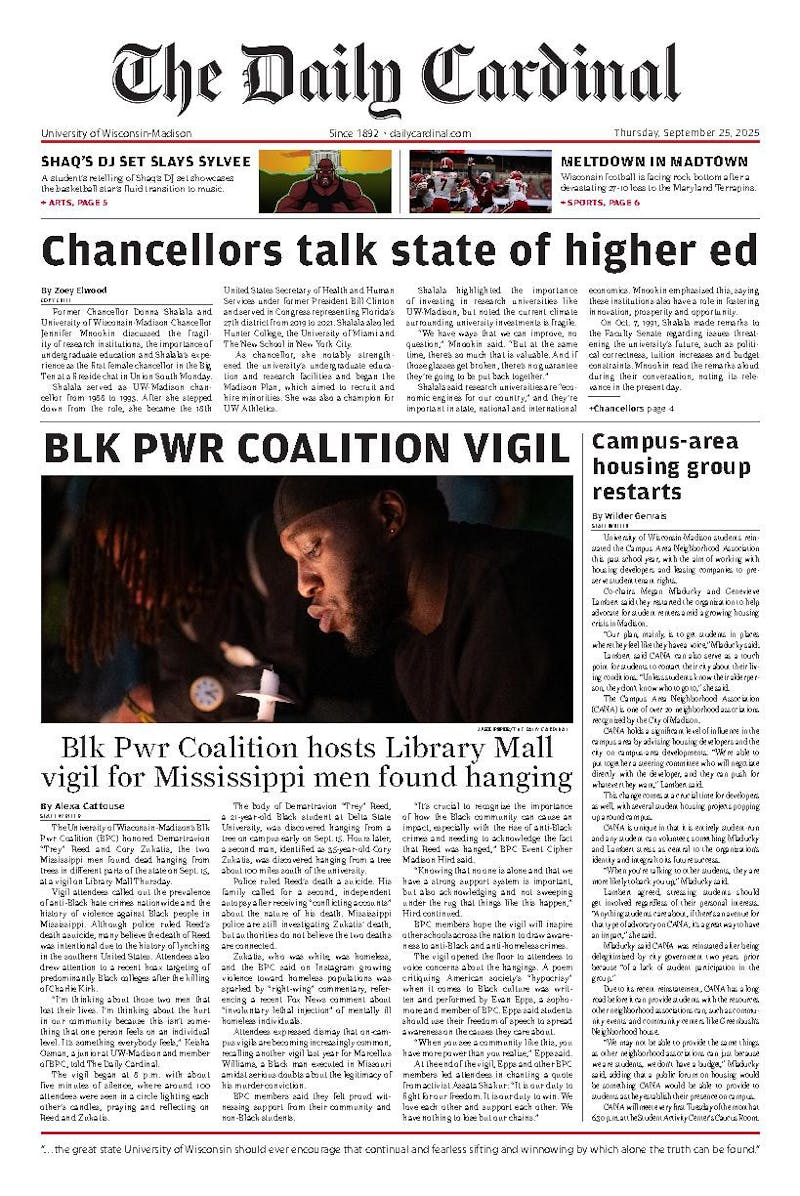Despite an Education Trust report released Nov. 20 lambasting flagship universities' access for low-income and minority students, UW-Madison administration maintains it is doing everything possible to open the university to all.
The report entitled ""Engines of Inequality: Diminishing Inequity in the Nation's Premier Public Universities"" gave UW-Madison—along with four other flagship state universities—a grade of ""C"" in minority access, emphasizing the university's supposed lack of progress with a downward-pointing arrow.
According to university spokesperson John Lucas, UW-Madison Director of Academic Planning and Analysis Jocelyn Milner used the same data the Education Trust used, calculating a 20.8 percent increase in minority access.
""That results in a significant upward trend, not the ‘down arrow' assigned in the report,"" Lucas wrote in an e-mail.
The report analyzed the percentage of underrepresented minority students—African American, Latino/a and American Indian—who graduated from high school in spring 2004 in comparison with the percentage of underrepresented minority students entering college in Fall 2004.
According to ""Engines of Inequality,"" 9.3 percent of spring 2004 high school graduates in Wisconsin were underrepresented minorities, with 6.8 percent of those minority students entering college in fall 2004, giving a minority access ratio of .74 for the year 2004, and leaving UW-Madison with its ""C"" grade for minority access.
Also, according to Lucas, ""this fall, we have record-high representation of students of color in this fall's freshman class, both in number and percentage.""
The fall 2006 freshman class is 14 percent students of color, up from 12 percent last year, according to University Communications.
However, this number may differ from the Education Trust's report because UW-Madison and the Multicultural Student Center focus on five designated ethnic groups to define the phrase, ""students of color""—African American, American Indian, Chicano/a, Asian American and Puerto Rican. The Education Trust took into account only African American, Latino/a and American Indian students—the groups it referred to as underrepresented minorities.
Lucas continued to say that first-generation college students represent 21 percent of the Fall 2006 freshman class. ""That is a segment of the population that reflects higher levels of low-income families,"" he said. The report gave UW-Madison an ""F"" in low-income access progress.





